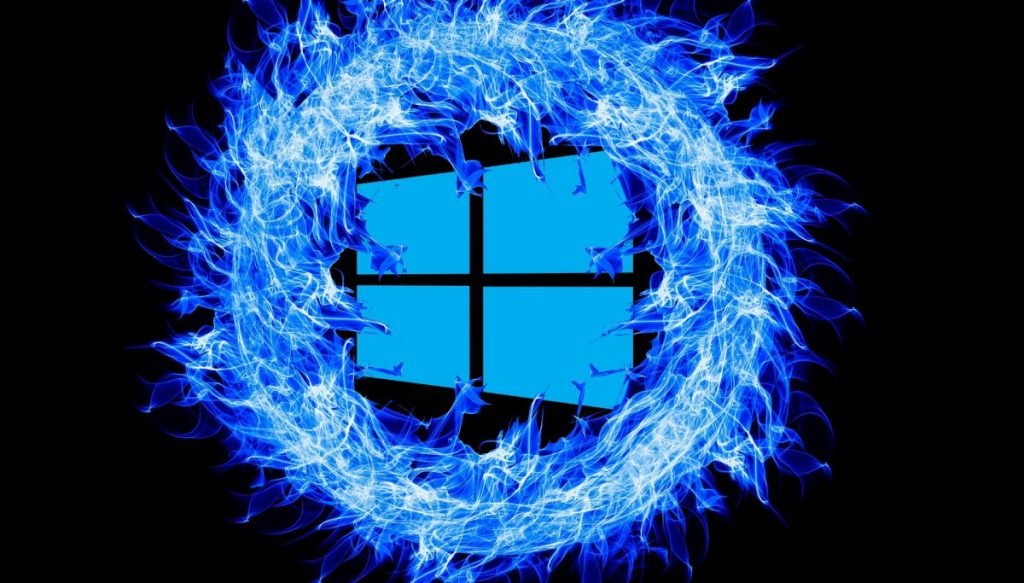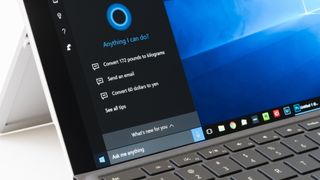Windows 10 problems are ruining Microsoft’s reputation – and the damage can’t be underestimated

Microsoft dreams of a future where its cloud empire dominates – in the computing and business world, as well as game-streaming – and subscription revenue pours in at such a gushing rate that the accountants can barely keep track of the ever-spiralling-upward numbers.
But, the software giant’s current slumbers are more likely to be dogged by nightmares rather than any sweet dreams of a heavenly cloud-based future. Microsoft’s sleep is probably haunted by visions of poisonous little bugs skittering in the shadows, clustering around the occasional hulking queen of a showstopper that threatens to shred user files in her chitinous mandibles.
Yes, we’re talking about Windows 10, which in recent times has been plagued by an alarming amount of bugs. This started with the infamous October 2018 Update and a doozy of a file deletion faux pas along with a raft of other ‘small but serious’ gremlins that caused the upgrade to actually be put on ice for over a month (an unprecedented move with Windows 10 updates).
- How to use Windows 10
- We solve 100 common Windows 10 problems
- Check out our best laptops of 2019
So Microsoft was careful to thoroughly test the following May 2019 Update, holding the upgrade in the final phases of bug squashing for a considerable time, and rolling it out very slowly and cautiously indeed. Quite rightly so, and with apparent success as users subsequently flocked to the upgrade (albeit with many being pushed by an impending support deadline, mind you).
Still, the rollout itself went well enough – certainly in comparison to the previous one – only afflicted by some minor hiccups which are always likely to be present. However, it’s in solving those little issues where Microsoft has come badly unstuck in September.

A recent Microsoft fix introduced a fresh bug to Cortana – and things went downhill from there
Fixing the fixes
At the start of September, some long-standing minor bugs (including compatibility issues with certain Intel storage drivers) were fixed by a patch Microsoft issued for Windows 10 May 2019 Update. The problem was that this cumulative update didn’t just fix bugs, but introduced a new one whereby Cortana suddenly caused high levels of CPU usage.
Then the patch to fix this Cortana bug broke something else – the Start menu and Taskbar. Oh, and it also caused audio issues in certain games, and broke internet connectivity for some folks.
If Windows 10 was a china shop, Microsoft was flailing around between the shelves, and in its efforts to fix a broken spout back onto a teapot, cracked a jug by knocking it over with a stray elbow, before managing to send a set of plates crashing to the floor below in an unholy cacophony of shattering porcelain.
In short, the whole situation felt farcical, and was hardly helped when a subsequent bug ‘fix’ for Microsoft’s built-in Windows 10 antivirus actually broke most of Windows Defender’s scanning functionality.
So, following all this,
Be the first to write a comment.


